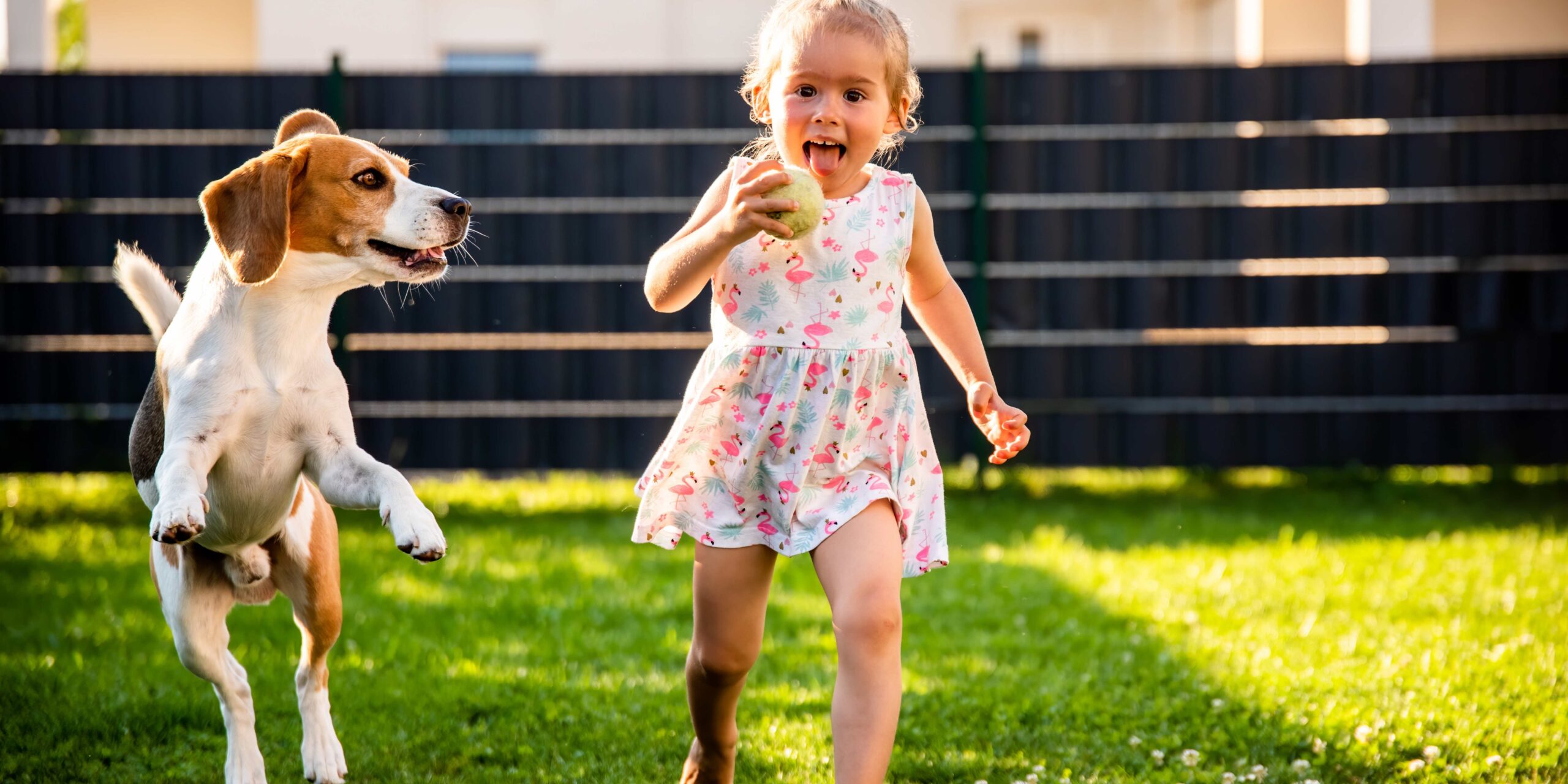This post may contain affiliate links. We may earn money from products we link to in this post.
During the summer, children can be spotted playing in the “safety of their backyards.” To help keep their children safe, parents must be aware that there are numerous possible hazards in the backyard that might cause injury to their children.
Making Rules For The Backyard
Before your children go outside to play, gather any potentially hazardous things, such as garden tools, ladders, hoses, and chemicals. Put these goods in a safe place where your child or their friends cannot access them.
Also, look for natural hazards like holes, low tree limbs, thorns, and fire ant mounds in your yard. Check for stinging insect nests in outdoor play structures such as tree forts and playhouses, and inspect sandboxes for bugs and animal droppings on a regular basis.
Backyard Tools and Gadgets
Landscaping tools can be a source of fascination, intrigue, and damage for your child:
- While mowing the lawn, keep children out of the yard. If your child approaches, stay attentive and ready to turn off the mower.
- Keep any outside power equipment away from small children. Touching the hot muffler of a running or recently running engine can cause severe burns.
- Ensure that any tools, gasoline, chemicals, and other potentially hazardous substances are kept in a secure location. A latch door on a shed can be fiddled with and opened. In fact, getting the door open might be an exhilarating challenge for a child.
Pools and Water
One of the biggest causes of death among kids is drowning. As a result, considerable caution is always required when near water. The majority of pool drownings or near drownings occur in private pools.
- Never leave a child alone in the water.
- Empty and turn over any items that could drown a child, such as wading pools, buckets, and pails. In little than an inch of water, small children can drown.
- Make certain that all backyard swimming pools are gated. The fence should be at least 1.5 meters (5 feet) tall, with a self-latching, self-closing, locked gate.
- Sprinklers are a great alternative to water play. Use only on grass, and keep the surrounding area clear of impediments and garbage.
Nature Dangers To Watch Out For
Protect your child from the elements:
- Wearing shoes and light-colored clothing can help reduce the danger of bee and bug bites.
- Use insect repellent containing Deet or Off to protect your children from pest bites. Always follow the manufacturer’s directions.
- Seek medical assistance right away if your child has a reaction to an insect bite.
- All young children should be properly monitored.
- Remove scarves and drawstrings from children’s clothing.
- Make sure the equipment in your yard is appropriate for the age and skill level of the children who will be using it.
- Secure the apparatus to the ground properly.
- Install backyard swings and other play equipment on a shock-absorbing surface of 8 to 12 inches, such as sand, wood chips, or pea gravel. A fall will not be adequately cushioned by grass.
- Limit the height of your garden equipment to less than 1.8 meters (6 feet).
- Check the equipment on a regular basis and replace any worn, loose, or broken pieces.
- Ascertain that kids understand the fundamentals of safe play.
- Always put on shoes.
- Allow only one person to ride the slide at a time.
- You must wait your turn.
- When swinging and climbing, use both hands.
Check play structures for signs of wear
Playsets with several play stations, like as slides, climbing walls, and swings, promote physical activity as well as imaginative play. However, they must be well-maintained and checked for signs of wear on a regular basis. Rotting wood, protruding bolts, defective floor boards, and unsecured stairs and railings are all swing set risks to look out for. Use a playground safety checklist to swiftly detect potentially dangerous objects and then repair them before allowing your child to use the equipment.
When purchasing a playset, ensure that it complies with the American Society for Testing and Materials (ASTM) requirements for residential playground equipment. Be aware that used playsets may not meet these requirements and may be structurally deficient. Instead, purchase a new playground for your child’s safety.
Trampoline Dangers
Trampolines provide hours of entertainment, but they are also notoriously dangerous.
Over a nine-year period, more than 1 million people attended emergency departments for trampoline-related injuries, according to a study done by the Pediatric Orthopaedic Society of North America.
Almost one-third of the injuries involved shattered bones, with 90 percent of these fractures occurring in children aged 16 and less. Statistics like this may be one of the reasons why the American Academy of Pediatrics (AAP) advises parents against recreational trampoline use.

